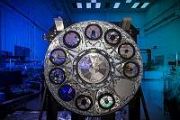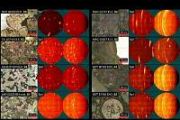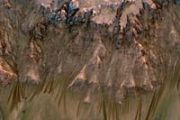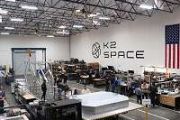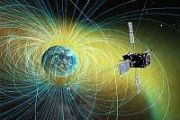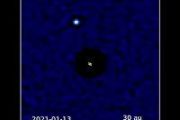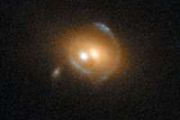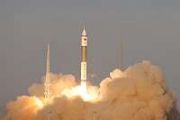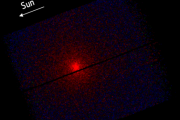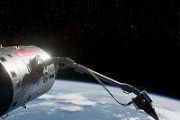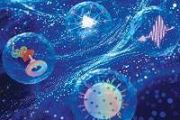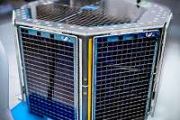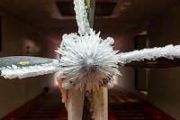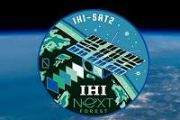
Copernical Team
Venus flyby sends Parker Solar Probe toward record-setting flights around the sun
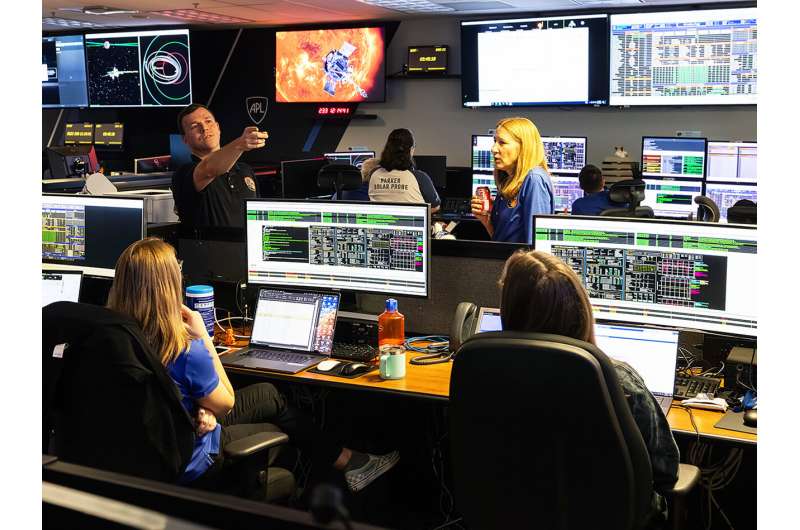
NASA's Parker Solar Probe zoomed past Venus on Aug. 21, using the planet's gravity to aim toward a record-setting series of flights around the sun that start next month.
At just before 8:03 a.m.
North Korea conducts rocket launch in likely 2nd attempt to put spy satellite into orbit

Long wait nearly over for Psyche asteroid probe's Space Coast launch
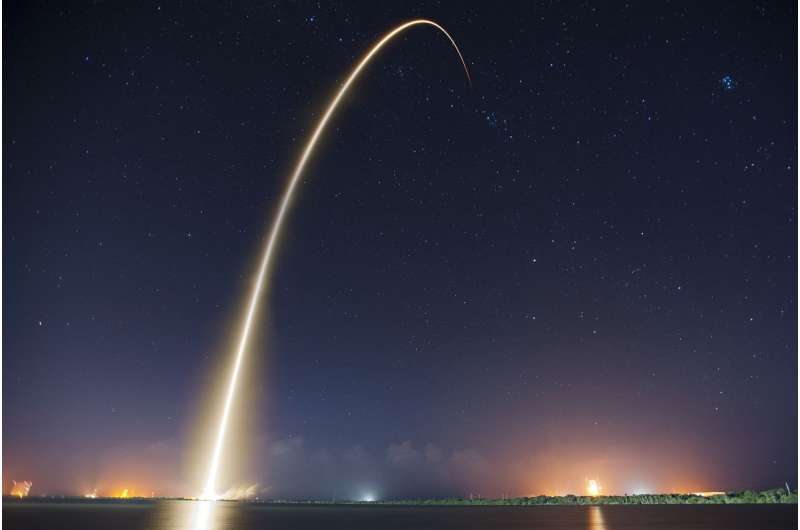
Just off a tree-covered side road past businesses selling boats and fishing gear sits a fenced-off building that's home to a $700 million satellite nearly ready for launch. Its mission: To study the metal-rich asteroid Psyche, which scientists suspect could mirror the inner core of Earth and other planets in the solar system.
The probe, which also is named Psyche, awaits an October trip to the launch pad at Kennedy Space Center. But after missing a chance to launch in 2022, NASA parked it at the Astrotech Space Operations Facility across the river where it has been sitting in the center of the stark, white clean room.
With its solar panels installed this month, teams are finally set to load it with the fuel needed to send it on its 2.5-billion-mile trip to the asteroid orbiting the sun between Mars and Jupiter.
Liftoff on a SpaceX Falcon Heavy from KSC's Launch Complex 39-A is targeting as soon as Oct. 5 with a window that stretches until Oct. 23. It's not slated to arrive at Psyche, which can range from 235 million to 309 million miles away from Earth until August 2029, and only then will it get down to the business of figuring out what's special about the distant asteroid.
Indian rover begins exploring moon's south pole
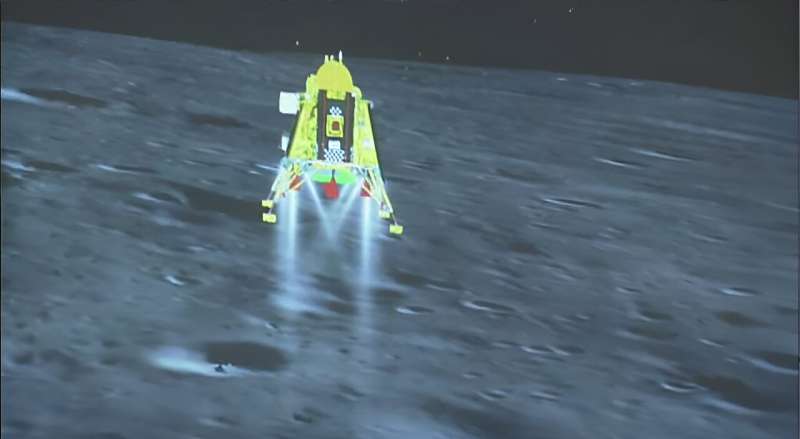
India began exploring the moon's surface with a rover on Thursday, a day after it became the first nation to land a craft near the largely unexplored lunar south pole.
Pragyan—"Wisdom" in Sanskrit—rolled out of the lander hours after the latest milestone in India's ambitious but cut-price space program sparked huge celebrations across the country.
"Rover ramped down the lander and India took a walk on the moon!" the Indian Space Research Organisation (ISRO) posted on X, formerly known as Twitter, on Thursday.
The six-wheeled, solar-powered rover will amble around the relatively unmapped region and transmit images and scientific data over its two-week lifespan.
India's lunar rover goes down a ramp to the moon's surface and takes a walk
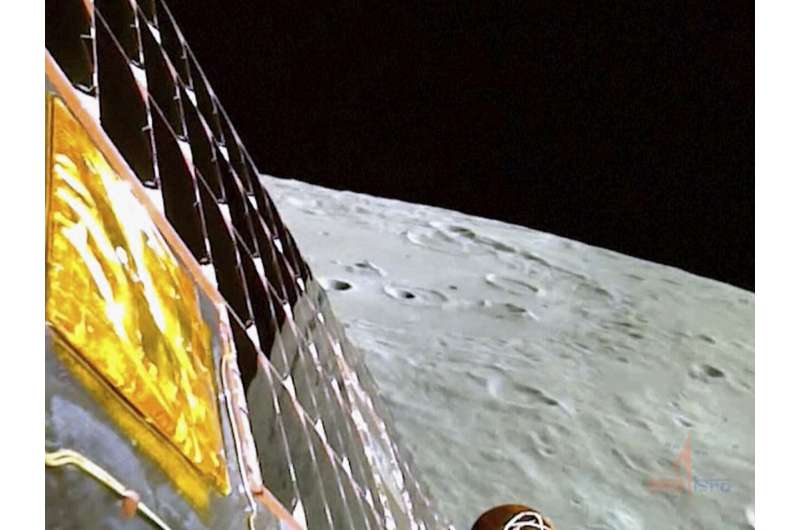
A lunar rover slid down a ramp from the lander of India's spacecraft within hours of its historic touch-down near the moon's south pole, Indian space officials said Thursday, as the country celebrated its new scientific accomplishment.
NASA and SpaceX to send next crew to the ISS
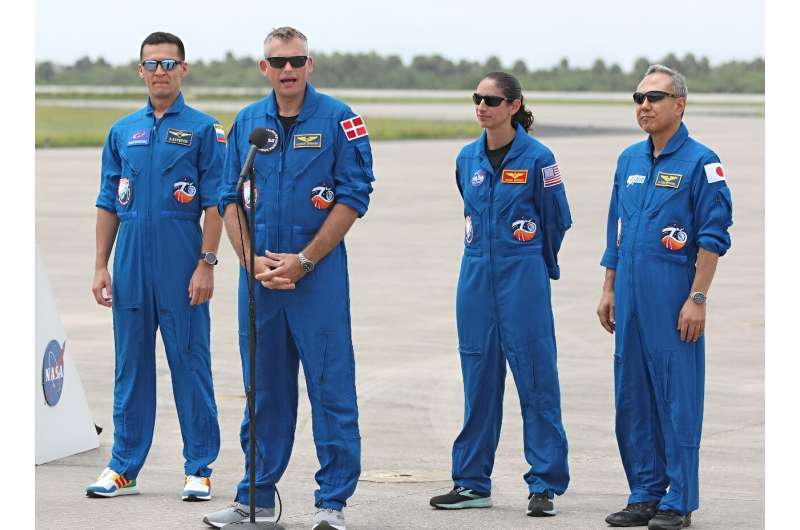
NASA and SpaceX are preparing to launch a crew of four to the International Space Station on Friday.
Dubbed Crew-7, the mission will be commanded by American Jasmin Moghbeli and includes Andreas Mogensen of Denmark, Satoshi Furukawa of Japan and Konstantin Borisov of Russia.
Lift-off is targeted for 3:50am (0750 GMT) from Launch Complex 39A at NASA's Kennedy Space Center in Florida, with a backup opportunity at 3:27 am on Saturday.
It will be the first space mission for both Moghbeli and Borisov.
"This is something I've wanted to do for as long as I can remember," said Moghbeli, a Naval test pilot, during a media call last month.
"One of the things I'm most excited about is looking back at our beautiful planet," added the 40-year-old of Iranian heritage.
Satellite built as low-cost way to reduce space junk reenters atmosphere years early
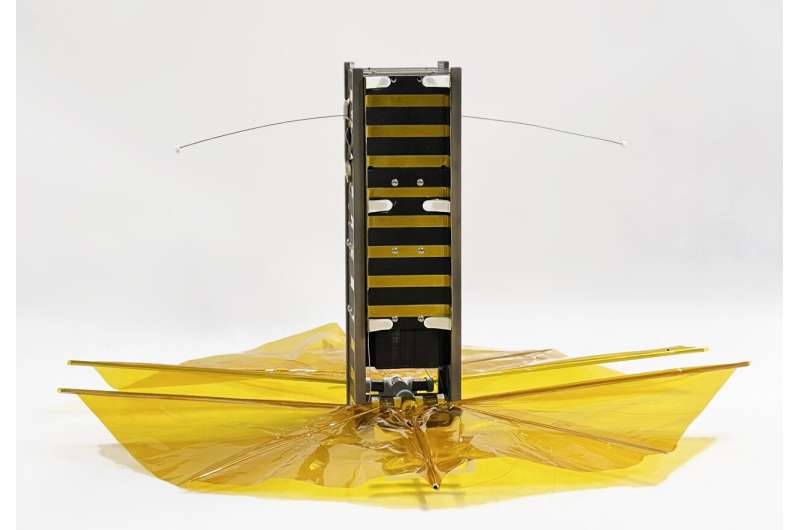
SBUDNIC, built by an academically diverse team of students, was confirmed to have successfully reentered Earth's atmosphere in August, demonstrating a practical, low-cost method to cut down on space debris.
When it comes to space satellites, getting the math wrong can be catastrophic for an object in orbit, potentially leading to its abrupt or fiery demise. In this case, however, the fiery end was cause for celebration.
About five years ahead of schedule, a small cube satellite designed and built by Brown University students to demonstrate a practical, low-cost method to cut down on space debris reentered Earth's atmosphere sometime on Tuesday, Aug.
Launch of 4 astronauts to space station bumped to Saturday
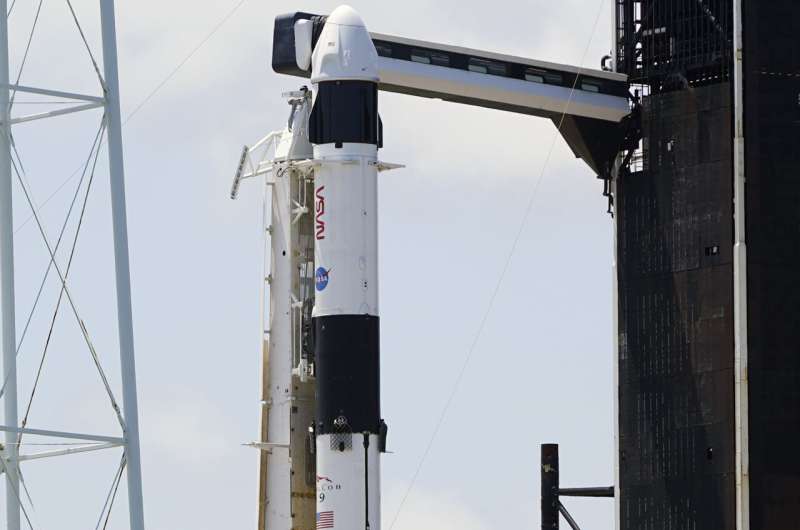
NASA and SpaceX halted the countdown late Thursday for the launch of four astronauts to the International Space Station.
Mission managers rescheduled the liftoff for early Saturday morning, giving them an extra 24 hours to close out lingering issues, officials said. Nearly ideal weather was expected.
The four astronauts, representing four countries, had not yet headed to the SpaceX Falcon rocket awaiting them on the pad.
They are expected to spend six months at the space station, replacing four astronauts who have been there for half a year.
Proba-3 satellite: Seeing in the dark
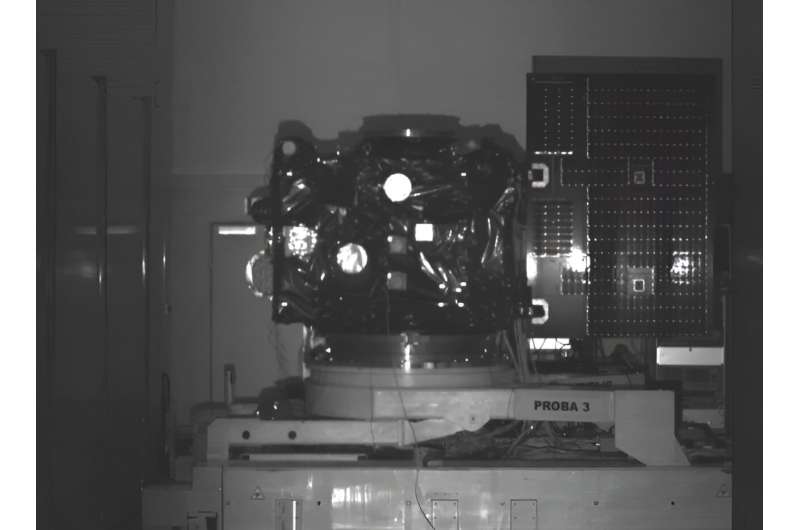
One of the precision formation flying Proba-3 satellites as seen from the other during ground testing. The pair will fly in orbit relative to one another down to millimeter scale precision, but in order to do this must keep continuous track of each other in both sunlight and darkness.
To achieve this, Proba-3 combines vision-based detection, as tested here, with radio frequency links, satellite navigation and laser ranging.
The Visual-Based Sensor will be used when the satellites are closer than 250 m to each other. LEDs aboard Proba-3's Coronagraph satellite—seen in the animation below—will be detected by a set of cameras on the other Occulter satellite, appearing as pattens of light in the dark.
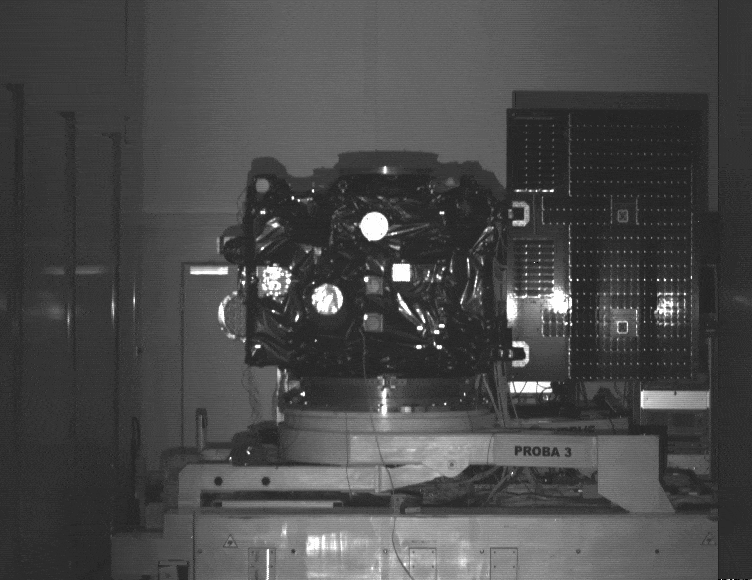
Finally, for maximum precision, the Occulter will shine a laser at a retro-reflector mounted on the Coronagraph satellite.
Proba-3 will demonstrate formation flying in the context of a large-scale science experiment. The two satellites will together form a 144-m long solar coronagraph to study the sun's faint corona closer to the solar rim than has ever before been achieved.
JAXA, NASA XRISM Mission ready for liftoff
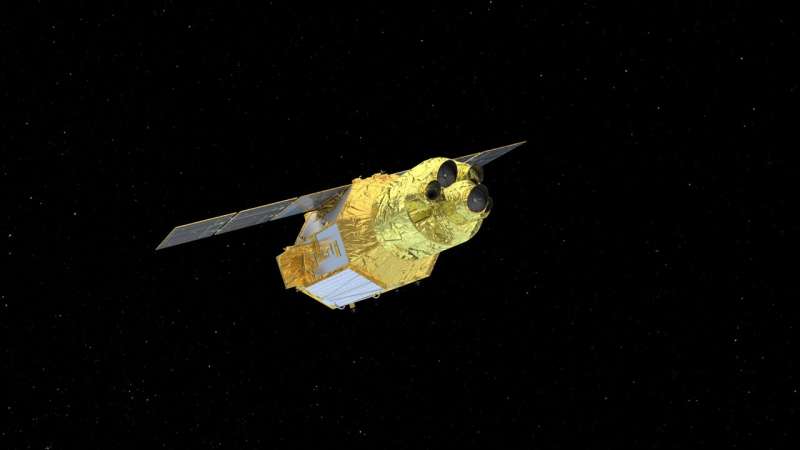
A powerful satellite called XRISM (X-ray Imaging and Spectroscopy Mission) is set to provide astronomers with a revolutionary look at the X-ray sky.
XRISM, led by JAXA (Japan Aerospace Exploration Agency) in collaboration with NASA and with contributions from ESA (European Space Agency), is scheduled to launch on an H-IIA rocket from Japan's Tanegashima Space Center at 8:26 p.m. EDT on Sunday, Aug. 27 (9:26 a.m. on Monday, Aug. 28, in Japan). JAXA will stream the launch live on YouTube, with a broadcast in both English and Japanese starting at 7:55 p.m. EDT.
"Some of the things we hope to study with XRISM include the aftermath of stellar explosions and near-light-speed particle jets launched by supermassive black holes in the centers of galaxies," said Richard Kelley, NASA's XRISM principal investigator at NASA's Goddard Space Flight Center in Greenbelt, Maryland.







